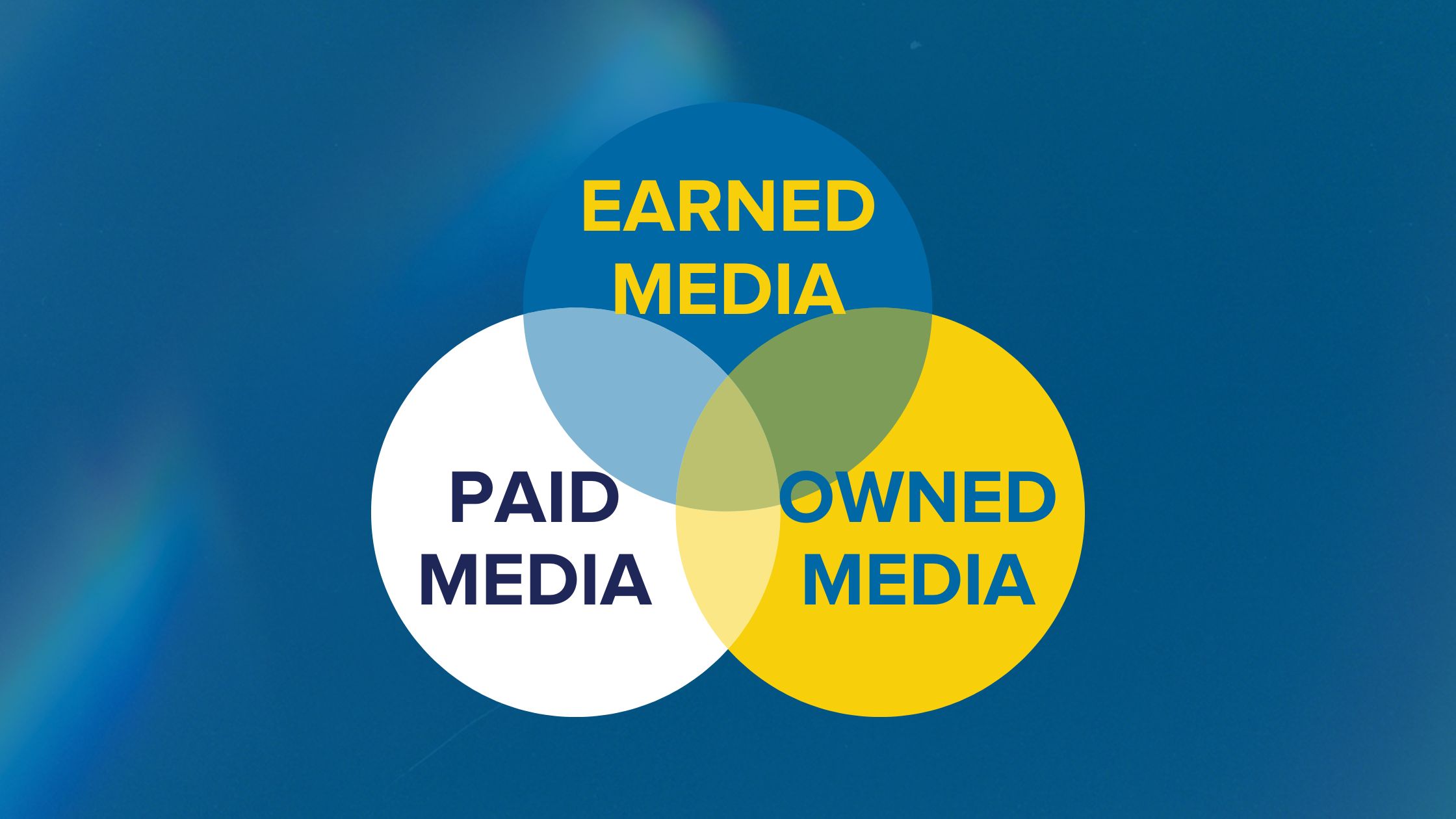If you’re like our smart and savvy clients, then your brand is a well-oiled machine. Everything from your web colors to your website messaging has been researched, market-tested and carefully calibrated. But, if there’s one part of your marketing and communications program that is a bit of a wildcard, it’s going to be media. Why? Because earned or “traditional” media can’t be manufactured or bought.
There are three types of media: Owned, Paid and Earned.
- Owned – This is content you create and distribute, such as websites, blogs, and social media. Because you own it, you control it and have full autonomy over it. If you create it, you can launch it.
- Paid – Paid media is advertising and will be labeled as such, to stay within Federal Trade Commission guidelines. Paid media allows you to push the content YOU want forward, while also controlling who is going to see it, where they will see the content, and when. It takes strategy and creativity, but provided you have the budget for it, your ad will be placed and seen.
- Earned – This is tried and true media relations – between editors and reporters, and you. Journalistic ethics calls for objectivity, fair balance, and accuracy in reporting. This commitment to journalistic integrity is what readers expect from reputable newsrooms. For this reason, journalists are not liable for your positive brand image. They seek truth and to report it.
Of all forms of media, earned media has the highest value and credibility, but it is also the hardest to get. This is true not only because you must “earn” your place in the news, but because shrinking newsrooms translate to incredibly busy reporters. Earned media is all about breaking through the noise and proving yourself to be trustworthy and reliable source, without being overly promotional or self-serving. There are ways to get to media, which will lift up your brand.
- Do be resourceful and helpful. The key is to think like a reporter to find positive stories that will put your organization in a good light and are also newsworthy. Share relevant upcoming events and news, offer interviews with leadership about trending and timely topics, and/or provide company studies, reports, and data that can help inform reporter’s stories.
- Don’t use “salesy” language that’s self-serving or overly promotional. No jargon, buzzwords, or acronyms.
- Do use simple, neutral, and objective language. You want to come across as informational, helpful, and as a potential resource for reporters.
- Don’t assume that the reporter knows about your organization and the topics and issues that you address.
- Do speak to the laymen, who may just be hearing about your issue for the first time. It’s important to contextualize the work you do with third-party statistics that back up why your services or products are needed. Once people understand why you’re relevant and important, they’ll want to know more about who you are, what you do, how you fulfill the mission, and why it all matters to the public.
- Don’t expect to control the content. Reporters will not be effusive about your work. They might be telling the story, but they are not your PR people. They will not change language once the article is out, because you didn’t like the phrasing or styling. They will, however, make corrections if they got something wrong – including spelling errors and factual edits.
- Do take media training and preparation seriously. Knowing about the outlet and the reporter will help you anticipate the angle the reporter may take. The key to acing the interview is to know how to answer questions to secure great quotes and soundbites. It’s also important to know how to pivot when you’re asked a tricky question.
Positive press considered an essential part of any comprehensive marketing program. However, earned media is different than other branding or communications channels because reporters must be neutral and objective. A successful media relations program requires knowing what’s interesting and helpful to a reporter, and how to harness that curiosity to benefit your organization.


